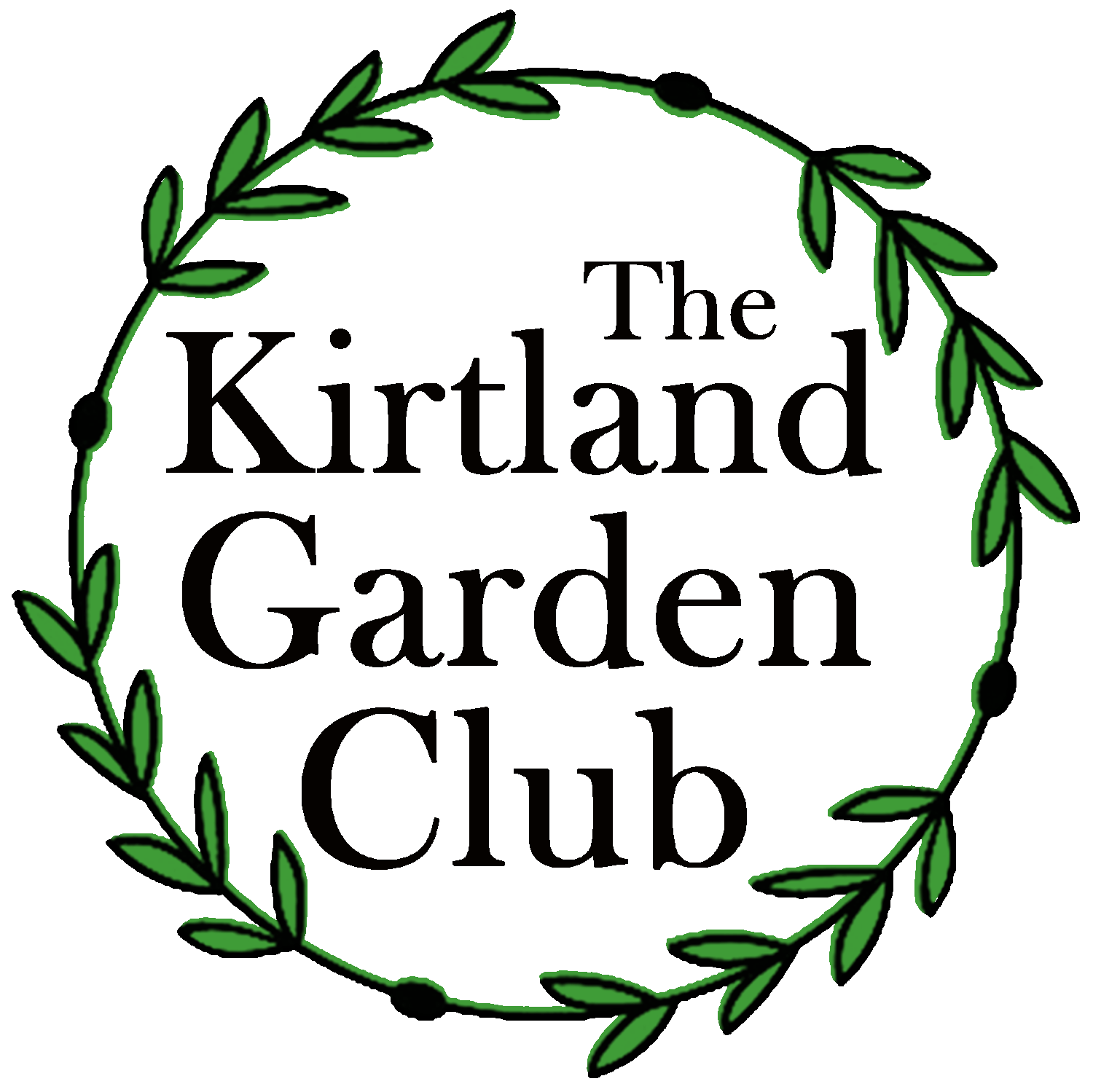Growing Bee Balm (Monarda)
A perennial favorite, bee balm (Monarda), aka Wild Bergamot, flowers in mid- to late summer. This native plant to Michigan is beloved by hummingbirds, bees, and butterflies! Learn how to plant and grow bee balm.
About Bee Balm
Bee balm is a Native American plant not only known for its attractive flowers that bloom in the middle of summertime but also its fragrant foliage. Slender, tubular flowers are produced in 2- to 3-inch-wide flower heads in July and August here in Northern Michigan. Flower colors include white, pink, red, lavender, and purple.
In the garden, its most frequent visitors are hummingbirds, bees, and butterflies because they have the long tongues required to reach the tubular flowers’ nectar. Bumblebees and a few other insects are too big to get into some of the smaller tubular flowers of some bee balms, so the insects practice something called “nectar robbing.” The insects punch a tiny hole at the base of the flower to access the nectar, bypassing the flower’s pollen and “robbing” it of its nectar.
Something that will NOT visit your garden is Deer and Rabbits. Bee Balm is a member of the mint family and it’s leaves are highly disliked by both Deer and Rabbits. Thus a safe bet for gardens that are frequented by pesky grazers.
Given its height (2-4 feet), bee balm makes for an excellent background plant in a flower bed. Consider it as a great addition as a part of a pollinator garden!
PLANTING BEE BALM
Bee balm performs best in full sun (at least 6 hours). It will grow in partial shade but won’t flower as well and is more susceptible to powdery mildew. Provide moist, well-draining soil with a neutral pH. Amend soil with compost or aged manure, if necessary.
WHEN TO PLANT BEE BALM
Bee balm can be planted in the spring or in the fall.
Spring is the best time to divide existing plants and transplant them.
How to Plant Bee Balm
Give careful thought to placement. Without good air circulation, the leaves can develop powdery mildew, a fungal disease. (Reduce watering if this appears.) Space plants 18 to 24 inches apart.
Water thoroughly at the time of planting.
GROWING BEE BALM
Keep soil evenly moist throughout the growing season, watering every 7 to 10 days during dry periods. Soak to a depth of 6 to 8 inches. Add mulch to preserve moisture and control weeds.
Avoid fertilizer in general; apply only a sprinkling of a balanced product in spring, if desired. An excess can promote rampant leaf growth and powdery mildew.
Deadhead faded blooms to encourage the plant to re-bloom in late summer. Deadheading the main stem allows the side shoots to develop and bloom. These, too, can be cut when flowers reach the size you want.
After the first frost in the fall, leave seed heads for the birds or cut stems back to about 2 inches above the soil.
Divide every 2 to 3 years to ensure its vigor. (Clumps tend to die out from the center.)

